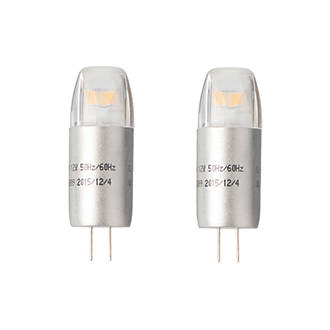- Joined
- 27 Jan 2008
- Messages
- 23,629
- Reaction score
- 2,661
- Location
- Llanfair Caereinion, Nr Welshpool
- Country

This is the advert and this
 is the picture, clearly marked 50Hz/60Hz in the question and answer section the question is
is the picture, clearly marked 50Hz/60Hz in the question and answer section the question is
Sept 2016 would one not have expected by this time they would have seen the error?

The answerColmartin said:does the transformer need to be upgraded for this product?
I could hardly believe what I was reading, the 66599 was completely unsuitable the units are voltage dependent, and the second is DC and the product is clearly AC unless they have used the wrong picture.SF Product Support said:Hello Colmartin,
When installing these products you will need to use an LED voltage Driver. This can be found under the following links:
http://www.screwfix.com/p/halolite-led-constant-current-driver-1-9w/66599
http://www.screwfix.com/p/halolite-led-constant-voltage-driver-1-16w/85503
Thank you for using Q&A
Sept 2016 would one not have expected by this time they would have seen the error?
